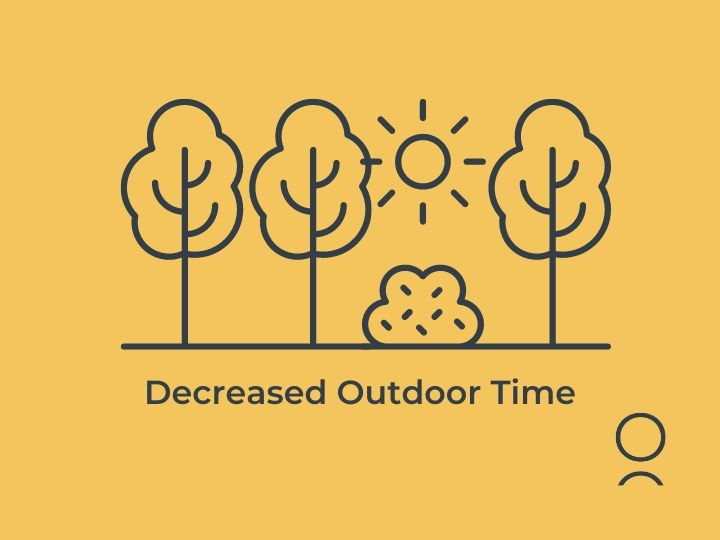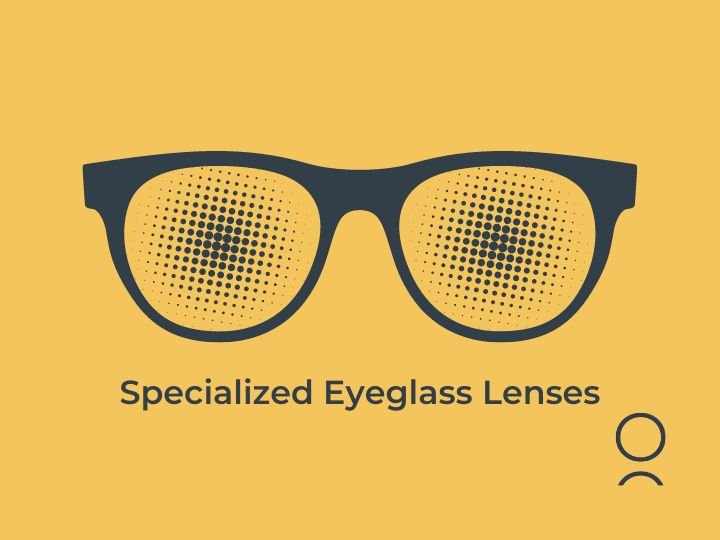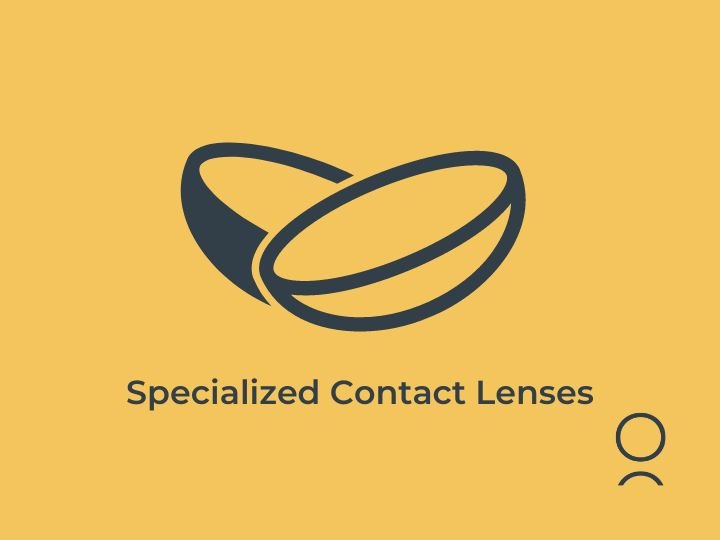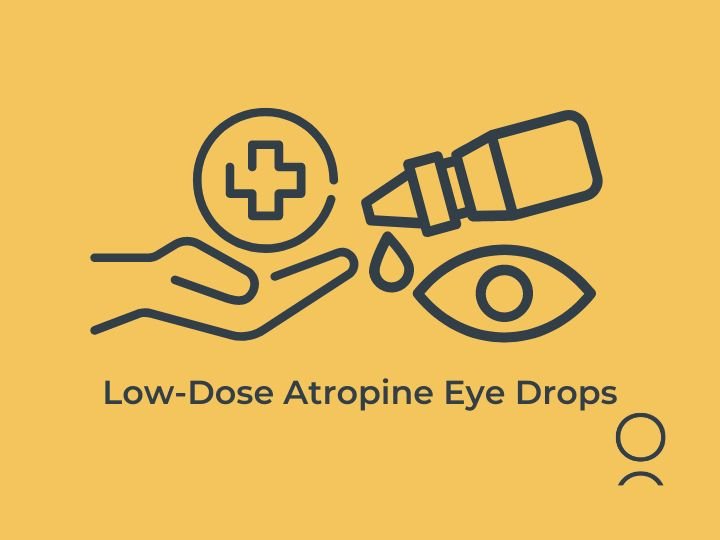
AN INTRODUCTION TO MYOPIA MANAGEMENT & TREATMENT IN EDMONTON
By 2050, It’s Predicted that 50% of The Global Population Will be Myopic and Over 58% of People in North America.
Are you concerned that your child's eyeglass prescription keeps increasing every year? At Helio Optometry, our optometrists aim to help you and your loved ones enjoy a lifetime of healthy eyes and visual clarity. They can show you how to correct and control myopia's progression.
Why Are Children Becoming Myopic?
What Is Myopia?
Myopia, commonly referred to as nearsightedness, is a refractive error of the eye that affects a person's ability to see distant objects clearly. People with myopia typically have clear vision when looking at objects up close, such as reading a book or using a computer, but they struggle to see objects in the distance, like road signs or chalkboards.
In myopia, the eye is usually slightly longer than normal, or the cornea (the clear front surface of the eye) is steeper or more round than usual. These structural variations cause light entering the eye to focus in front of the retina instead of directly on it. As a result, distant objects appear blurry, while near objects appear clearer.
Myopia is Defined as Excessive Eye Elongation.
Myopia is a common condition, and its prevalence has been increasing in recent years, particularly in urban areas and among younger individuals. In fact, it’s estimated by 2050, that 50% of the world’s population will be myopic. It can be corrected with eyeglasses, contact lenses, or refractive surgery, which aims to reshape the cornea to correct the focus of light.
Myopia is defined as any prescription greater than >-0.50D, and high myopia is defined as any prescription with a spherical equivalent greater than >-5.00D or -6.00D, depending on the literature.
Common Signs of Myopia to Look for in Children.
Kids don't always know how to communicate that they can't see things clearly — or even know that their vision isn't "normal." If you suspect your child has myopia, watch for these signs:
Rubbing eyes.
Squinting to see clearly.
Avoiding looking at faraway things.
Holding objects close to the face.
Poor performance at school.
Difficulty with physical activities.
Myopia can develop quickly, and children can become myopic in as little as 6-months.
Why Is Myopia Management Important?
Myopia, or nearsightedness, is a common vision condition where the eye’s length is too long, causing faraway objects to appear blurry. While traditional glasses and contacts correct nearsightedness, they don't stop it from getting worse— meaning you'll continue to need stronger prescriptions every year. Myopia progresses the most when we're kids, as this is when our bodies are growing and developing. As such, this is the most critical time for myopia intervention.
Any Level Of Myopia Raises A Person’s Risk of Developing Eye Health Complications and Vision Loss Later in Life.
Increasing myopia puts your children at greater risk for eye diseases like glaucoma and retinal detachments later in life. Making early detection and management so valuable. Children's eyes change rapidly, and their vision is extremely important to education, socializing, athletics, and more. When we start myopia management early, we can make a lifetime of difference.
We Know That the Later a Child Becomes Myopic, the Lower Their Prescription Will Likely Be.
Reducing myopia by only 1.00 Diopter can reduce the risk of a retinal detachment by 23% and open-angle glaucoma by 16%.
Get Your Childs's Personalized Myopia Management Plan Today!
Our optometrists use the latest tools and techniques to measure myopia and develop a customized treatment plan that corrects eyesight and controls myopia progression. In addition, our eye doctors will take the time to get to know you and prescribe the treatment options best suited to your child's lifestyle and eye health.
Why Choose Helio Optometry For Myopia Management?
At Helio Optometry, we're committed to treating our patients like family — and we believe our family deserves nothing less than high-quality, custom eye care solutions. In addition, our doctors are big believers in early diagnosis and patient education regarding eye diseases, especially myopia in children.
We use state-of-the-art technology to diagnose myopia in patients of all ages as soon as possible, especially children, as this is the best preventative measure to protect vision. If myopia is detected, they'll walk you through each of our treatment options.
These include specialty myopia contact lenses, specialty myopia control eyeglass lenses, and prescription eye drops. Together we will prescribe a myopia management plan to deliver clear, comfortable eyesight.
As a privately owned eye care clinic, we have the ability to pull the best products and treatments from every manufacturer.
Discover Your Myopia Management Choices.
Myopia Management Options Near You.
Look no further than Helio Optometry for a family-focused eye care clinic that provides comfortable and effective vision solutions for you and your loved ones. Visit us in Edmonton, Alberta, on 149th Street and 95th Avenue.
Our optometry clinic anchors the communities of Crestwood, Parkview, West Jasper Place and Sherwood. Get your child started on a myopia management plan as soon as possible.













